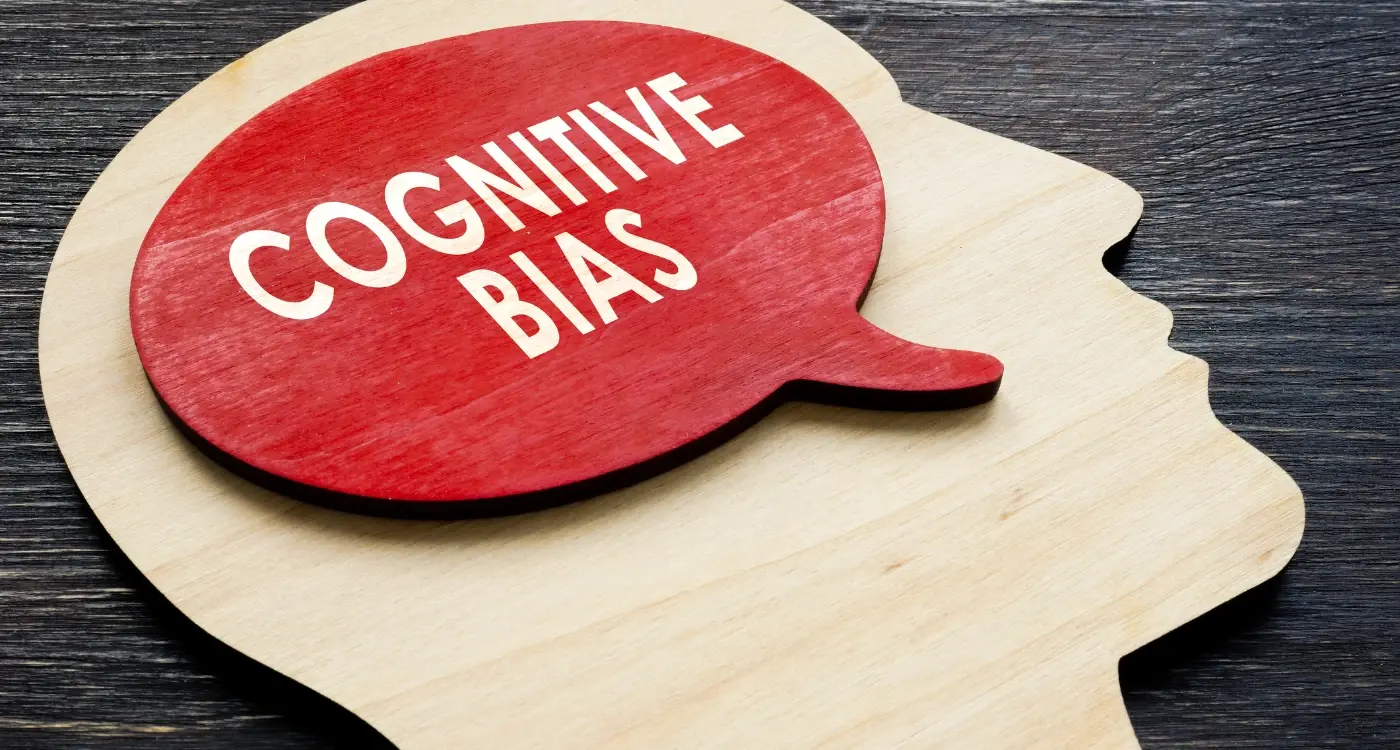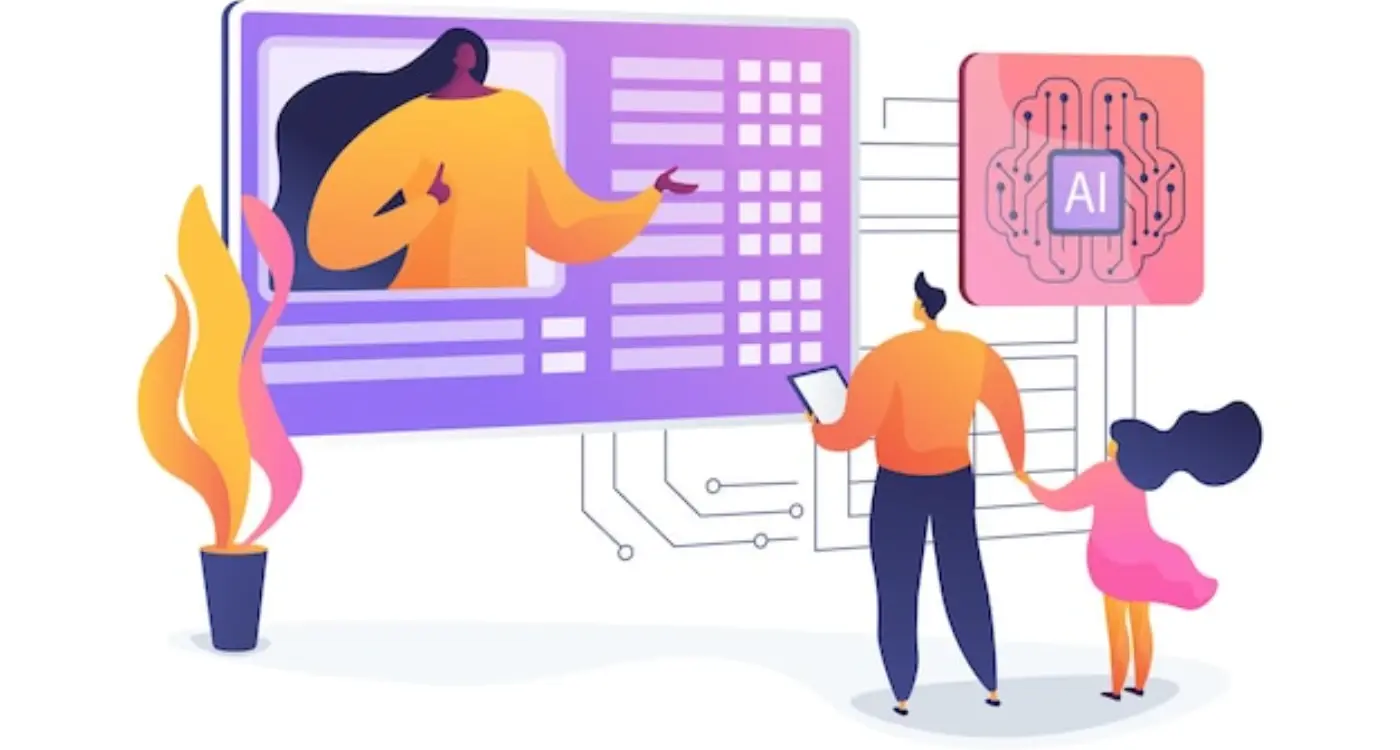How Can Psychology Increase In-App Conversion?
I've spent the better part of a decade building e-commerce apps and mobile commerce platforms, and if there's one thing I've learned it's this—people don't buy products, they buy feelings. That might sound a bit fluffy coming from someone who spends their days knee-deep in code and user interfaces, but stick with me here because it's absolutely true.
Every time someone opens a shopping app on their phone, there's a whole bunch of psychology happening behind the scenes. Their brain is making split-second decisions about whether to trust your app, whether they need what you're selling, and most importantly, whether they should part with their hard-earned cash right now or maybe just have another browse and come back later (spoiler alert: they rarely come back!).
Understanding the human mind isn't just nice to have in mobile commerce—it's the difference between an app that converts and one that collects digital dust
The thing is, most app developers focus on making things look pretty or work smoothly, which is great and all, but they miss the real magic. Behavioural design isn't about tricking people into buying stuff they don't want—it's about understanding what makes people tick and removing the friction that stops them from making decisions they actually want to make. That's what we're going to explore together in this guide.
Understanding the Human Mind Behind Every Tap
Every time someone picks up their phone and opens your app, there's a whole lot going on in their brain that they're not even aware of. I've spent years watching people interact with apps—sometimes through user testing, sometimes just observing friends and family—and what strikes me most is how predictable we all are when it comes to making decisions.
The Split-Second Judgement
Within milliseconds of seeing your app, users have already formed an opinion. Their brain is asking: "Does this look trustworthy? Will this solve my problem? Can I figure out what to do next?" Most people don't realise they're asking these questions; it all happens beneath the surface. This is why first impressions matter so much in app design—you're not just competing for attention, you're fighting against the brain's natural tendency to make quick judgements and move on.
The Comfort Zone Factor
Here's something interesting I've noticed: people gravitate towards what feels familiar, even in new apps. They want innovation, but they also want to feel safe. It's a bit of a contradiction really! Your app needs to feel fresh enough to be exciting but familiar enough that users don't have to think too hard about how to use it. This balance is what separates successful apps from the ones that get deleted after five minutes.
Why Our Brains Love Quick Decisions When Shopping
Our brains are wired to make fast choices when we shop—it's actually a survival thing left over from our cave-dwelling days. Back then, quick decisions meant the difference between life and death, and even though we're now choosing between trainers rather than fleeing from predators, that same mental machinery is still running the show. When someone opens your e-commerce app, their brain is already in 'fast decision mode' before they've even looked at your products.
The science behind this is pretty fascinating. Our brains have two systems: one that thinks fast and one that thinks slow. The fast system handles most of our shopping decisions because thinking slowly about every purchase would be exhausting—imagine analysing every chocolate bar purchase for twenty minutes! This is brilliant news for shopping apps because we can design with this behaviour in mind.
What Triggers Quick Purchase Decisions
Your mobile commerce conversion rates will improve when you understand what makes people buy quickly. Here are the main triggers that get our fast-thinking brain excited:
- Clear product images that show exactly what they're getting
- Simple pricing without hidden costs or confusing options
- One-tap purchase buttons that don't require endless form-filling
- Social proof like reviews and ratings from other buyers
- Limited-time offers that create gentle urgency
The key is removing friction from your behavioural design. Every extra tap, every confusing button, every moment of uncertainty gives that slow-thinking brain time to kick in and start asking awkward questions like "Do I really need this?" Trust me, you don't want people thinking too hard when they're about to buy!
Place your most important purchase button where thumbs naturally rest on the screen—usually the bottom right for right-handed users and bottom left for lefties.
Building Trust Through Visual Design and Social Proof
Trust is everything when you're trying to get someone to buy something through an app. I've watched countless apps fail—not because they were rubbish, but because users simply didn't trust them enough to hand over their money. Your app might work perfectly, but if it looks dodgy or feels uncertain, people will run a mile.
Visual design plays a massive role here. Clean layouts, consistent colours, and professional-looking buttons tell users you're legitimate before they even read a word. Messy design screams "amateur hour" and makes people think twice about entering their card details.
What Makes Users Feel Safe
Social proof is your secret weapon for building instant credibility. When people see that others have already taken the plunge, they feel much more comfortable doing the same. It's basic human psychology—we look to others to validate our decisions.
- Customer reviews and ratings displayed prominently
- User testimonials with real photos and names
- Download counts or "people also bought" sections
- Security badges and payment certifications
- Brand logos of trusted partners or clients
Making Trust Visible
The best apps make trust tangible through smart design choices. Clear pricing, obvious contact information, and transparent terms of service all contribute to that feeling of safety. When users can see exactly what they're getting and how to reach you if something goes wrong, they're far more likely to complete that purchase. Using social proof ethically ensures you're building genuine trust rather than manipulating customers.
The Science of Making Users Want to Buy Right Now
There's something magical that happens when someone pulls out their phone to shop—their brain switches into a completely different mode. I've watched countless users during testing sessions, and the moment they open a shopping app, you can see the change. They become more impulsive, more willing to make quick decisions. It's not just my observation; there's actual science behind this behaviour.
The mobile screen creates what psychologists call a "limited cognitive load environment." Basically, when people are looking at a small screen, they process information differently than they would on a desktop. They're more likely to trust their gut feelings and make faster purchasing decisions.
Creating the Perfect Storm for Purchases
The most successful e-commerce apps I've worked on all use the same psychological triggers. Limited-time offers work brilliantly on mobile because users feel they might miss out if they don't act immediately. Stock counters ("Only 3 left!") tap into our fear of scarcity—even when we know it might not be entirely accurate, our brains still respond to it.
Mobile users are 67% more likely to complete a purchase when they feel time pressure compared to desktop users
But here's where it gets interesting: the best mobile commerce conversion happens when you combine urgency with convenience. One-click purchasing, saved payment methods, and instant confirmation all remove the friction that might make someone change their mind. The behavioural design principle here is simple—make buying easier than thinking about buying. This is exactly why mobile optimization is no longer optional for businesses that want to stay competitive.
How Simple Choices Lead to More Purchases
Here's something I learned the hard way after watching countless app projects fail—when you give people too many options, they freeze up like a deer in headlights. I call it the menu syndrome; you know that feeling when you're staring at a massive restaurant menu and somehow end up ordering the same thing you always do? That's your brain protecting itself from decision fatigue.
The Magic Number of Options
Through years of testing different approaches, I've found that three to five options seems to be the sweet spot for most purchase decisions. Any more than that and people start second-guessing themselves. Any fewer and they feel like they don't have enough control. It's a delicate balance—one that can make or break your conversion rates.
Making Decisions Feel Effortless
The apps that convert best are the ones where choosing feels natural. They present options clearly, highlight the most popular choice (social proof working its magic again), and remove any unnecessary friction from the decision-making process. When someone opens your app to buy something, they've already made the hardest decision—to spend their money. Don't make them work harder than they need to by overwhelming them with choices they don't actually want to make. Understanding key features that make shopping apps successful can help you streamline this process.
Creating Habits That Keep Customers Coming Back
Right, let's talk about the holy grail of e-commerce apps—getting people to come back without you having to beg them. I've watched so many shopping apps struggle with this over the years, and honestly, it breaks my heart a bit. You spend all this money getting someone to download your app, they make one purchase, then... nothing. They disappear into the digital void.
The secret sauce here is behavioural design, and it's not about tricking people (please don't do that). It's about making your app so naturally part of someone's routine that they don't even think about it. Think about how you check your phone when you're bored—that's a habit loop in action.
The Three Parts of Every Shopping Habit
Every habit in your mobile commerce app needs three things working together:
- A trigger that reminds people to open your app
- An action that's dead simple to do
- A reward that makes them feel good about using it
Send push notifications at the exact time your customers usually shop—not when it's convenient for you. Check your analytics to see when people are most active in your app.
Making It Stick
The apps that win at mobile commerce conversion don't just sell products; they become part of people's weekly routines. Maybe it's checking for new arrivals every Tuesday morning, or getting that satisfying feeling when you add something to your wishlist. Small actions, repeated often, create the biggest impact on your bottom line. Creating these kinds of engagement triggers is what separates stellar apps from the ones that get forgotten on users' phones.
Measuring What Works and What Doesn't
Here's the thing about psychology in apps—you can't just guess what works. I've seen too many clients launch apps with beautiful designs and clever psychological tricks, only to find their conversion rates are still rubbish. The only way to know if your psychological strategies are actually working is to measure them properly.
Track the Right Numbers
Most app owners get obsessed with download numbers, but that's like counting how many people walk past your shop window instead of how many actually buy something. What you really need to watch are conversion rates at each step of your purchase funnel. How many users who see your pricing page actually start the checkout process? How many complete it? These numbers tell you where your psychological tactics are working and where they're falling flat.
Test One Thing at a Time
The biggest mistake I see is changing everything at once. You add social proof, change your button colours, and rewrite your copy all in the same update—then wonder which change made the difference when sales go up or down. Split testing lets you change one psychological element at a time. Maybe test whether showing customer reviews increases purchases, or whether urgency messages actually work for your audience. Your users will tell you what works through their behaviour, not their opinions.
Conclusion
After eight years of building e-commerce apps and shopping apps for all kinds of businesses, I've learned that psychology isn't just theory—it's the difference between apps that sell and apps that collect digital dust. The mobile commerce conversion rates I've seen improve when teams apply these behavioural design principles speak for themselves.
What strikes me most is how simple some of these changes can be. Moving a button two pixels to the right, changing the colour of a progress bar, or tweaking the wording on a checkout screen—these tiny adjustments can boost your conversion rates by double digits. I've watched clients go from struggling with abandoned carts to celebrating their best sales months, and it usually comes down to understanding what makes people tick when they're holding their phones.
The human brain hasn't changed much, but our shopping habits have completely transformed. People make purchase decisions in seconds now, often while doing three other things at once. Your e-commerce app needs to work with these natural behaviours, not against them. Start with one or two techniques from this guide—maybe social proof or simplifying your checkout process—and test what works for your users. The data will tell you everything you need to know about what resonates with your customers.
Share this
Subscribe To Our Learning Centre
You May Also Like
These Related Guides

How Can Cognitive Biases Transform Your App Store Strategy?

How Do You Explain AI Personalisation to Your App Users?



